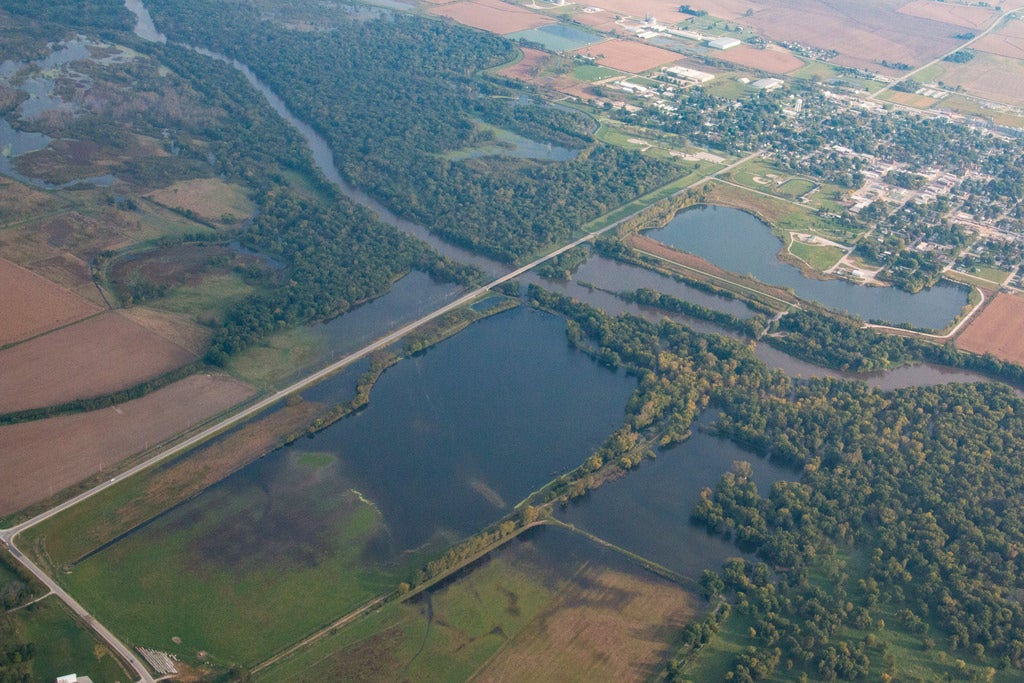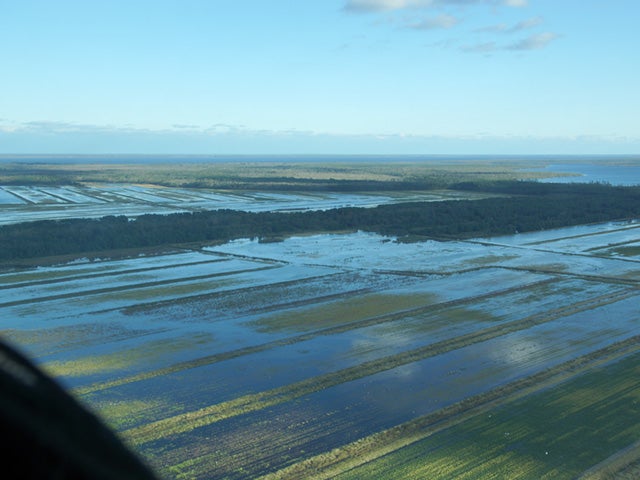Louisiana is emerging as a global leader in how to sustainably plan for the future in the face of increased storms, coastal erosion and rising seas. By combining nature-based solutions with traditional flood protection measures, Louisiana is a proving ground for living with climate change.
The lessons Louisiana can teach are not new, but they build upon those first taught by the Dutch. The Netherlands has taught the world innumerable lessons in flood protection – but historically, the Dutch have been primarily focused on building walls to keep water out, rather than finding more sustainable ways to protect coastal communities.
That is until recently, when the Dutch began embracing a more nature-based approach of “living with water,” similar to what is happening in Louisiana.
We can change the way we face coastal flooding challenges if we blend coastal restoration, protection and community resiliency measures. Louisiana’s multiple-lines-of-defense approach is a model for other coastal places, including the Netherlands, that are planning their futures in the face of climate change. Read More »












